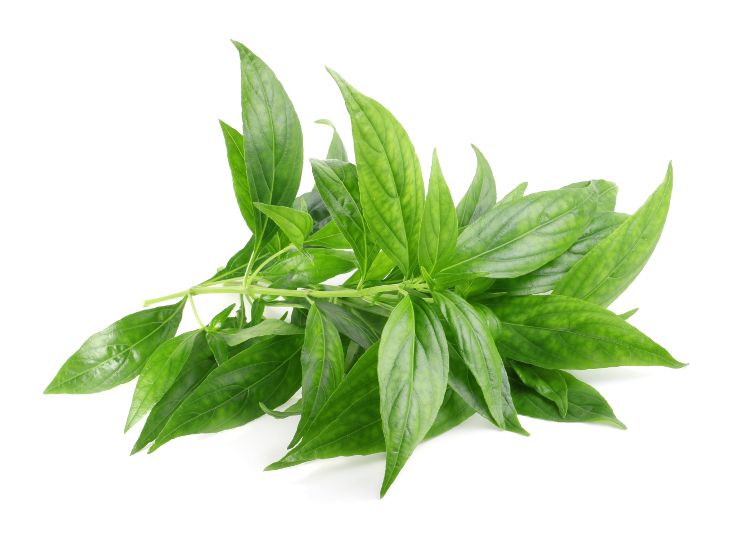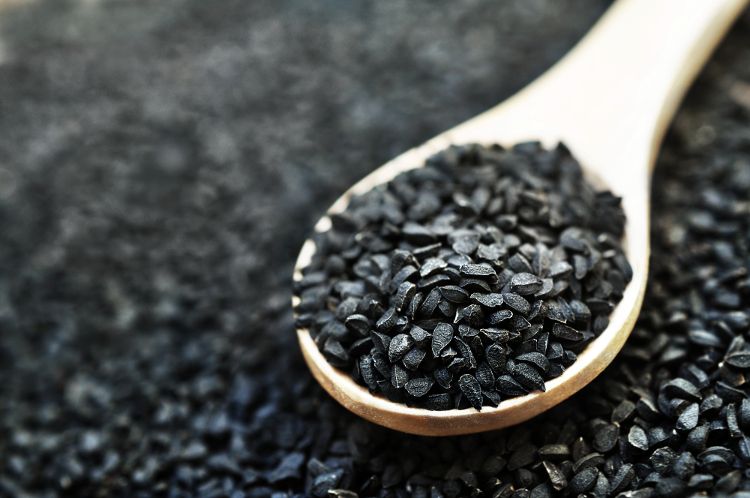Three botanical ingredients poised for stardom
Are these lesser-known plants ready for prime time?
Photo © iStockphoto.com/MentalArt

The botanicals industry is a diverse one, with a near-endless variety of plants and ingredients from which to draw. However, much of the industry is oriented around a few highly popular category leaders, which means several of the botanicals that show the most promise are ingredients that have yet to see a store shelf.
Here are just a few of the most promising botanical ingredients that have been shrouded in obscurity, but may be ready to take to the stage.
Photo © Shutterstock.com/artphotoclub

Kalmegh Shows Promise in Multiple Areas
Shaheen Majeed, worldwide president of Sabinsa (East Windsor, NJ), says that his company is currently investigating several lesser-known Ayurvedic herbs and botanicals. Chief among them is Andrographis paniculata.
“In India it’s called Kalmegh, and in China it’s known as Chuan Xin Lian,” Majeed notes. “In these regions it’s been used for centuries against various diseases. In the Ayurveda and Unani systems of medicine, Andrographis paniculata is used as an anti-inflammatory, astringent, diuretic, cardioprotective, and immune-stimulatory remedy.”
Majeed says that Andrographis paniculata was used extensively as a folk remedy during the Indian flu epidemic of 1919. While it has never been conclusively proven whether or not Andrographis paniculata halted the flu epidemic, Majeed notes that historical accounts indicate the ingredient may have slowed the spread of the disease.
World Health Organization records indicate that Andrographis paniculata may hold promise in several areas, including supporting respiratory, renal, and joint health.1
Photo © Shutterstock.com/wasanajai

Shatavari to Gain Attention from Brands
Majeed says that Sabinsa is also keeping an eye on shatavari (Asparagus racemosus), and expects the ingredient to catch the attention of formulators and consumers in the near future.
Shatavari, he says, is an herb that is commonly used in Ayurvedic medicine for a variety of purposes. Practitioners of Ayurvedic medicine commonly use it to promote female reproductive health.
“Shatavari is described as a ‘rasayana (longevity) herb’ in Ayurveda and has been used extensively as an adaptogen,” Majeed says. “The root of the plant is also known to boost female fertility.”
At least one double-blind, randomized, placebo-controlled, parallel-group clinical trial has shown that administration of 60 mg/kg/day of shatavari increased prolactin levels in lactating mothers by 32.87%, while a corresponding placebo increased prolactin concentration by only 9.56%.2
Photo © Shutterstock.com/Ulada

Black Cumin Performs Well in Studies
Black cumin (Nigella sativa) is relatively unknown in the Western world, but it has a rich and deep history of use as a culinary ingredient in Turkey, Eastern Europe, and the Middle East.3 Accounts detailing its use as a supplement stretch back to antiquity, with the Old Testament, ancient Islamic texts, and the writings of Hippocrates documenting its use as a panacea.
Majeed says that while black cumin has been in use in folk medicine for over 3,000 years, it first became an object of scientific research in the 1970s. “Extensive research over the last 40 years has validated black cumin’s role in maintaining a healthy inflammatory response,” he notes. “Studies have examined black cumin for respiratory support, maintaining a healthy blood pressure, and promoting male fertility.”
One double-blind, placebo-controlled randomized clinical trial found that asthma patients who took 500 mg of black cumin twice daily for four weeks showed significant improvements in Asthma Control Test scores and normalization of blood eosinophilia relative to a control group.4
Photo © iStockphoto.com/Photoevent

Botanical Ingredients Will Continue to Bear Fruit
Majeed says that he expects modern research to confirm ancient wisdom, and that further study of lesser-known herbs will open up new verticals in the botanicals industry. While they exist in obscurity today, these ingredients from Ayurvedic, Unani, and traditional Chinese practice are likely to become the category leaders of tomorrow. Savvy brands would do well to pursue these botanicals and examine their future potential.
References:
- “Herba Andrographidis.” World Health Organization monographs on selected medicinal plants, vol. 2 (2002): 12-24
- Gupta M et al. “A double-blind randomized clinical trial for evaluation of galactogogue activity of Asparagus racemosus Willd.” Iranian Journal of Pharmaceutical Research, vol. 10, no. 1 (Winter 2011): 167-172
- Bramen L. “Nigella seeds: What the heck do I do with those?” Smithsonian Magazine. Published online February 16, 2011.
- Koshak A et al. “Nigella sativa supplementation improves asthma control and biomarkers: A randomized, double-blind, placebo-controlled trial.” Phytotherapy Research, vol. 31, no. 3 (March 2017): 403-409
Magnesium L-threonate, Magtein, earns novel food authorization in the European Union
December 19th 2024According to the announcement, the authorization is also exclusive to AIDP and its partner company and licensee, ThreoTech, meaning that they are the only parties that can market magnesium L-threonate in the EU for a period of five years.